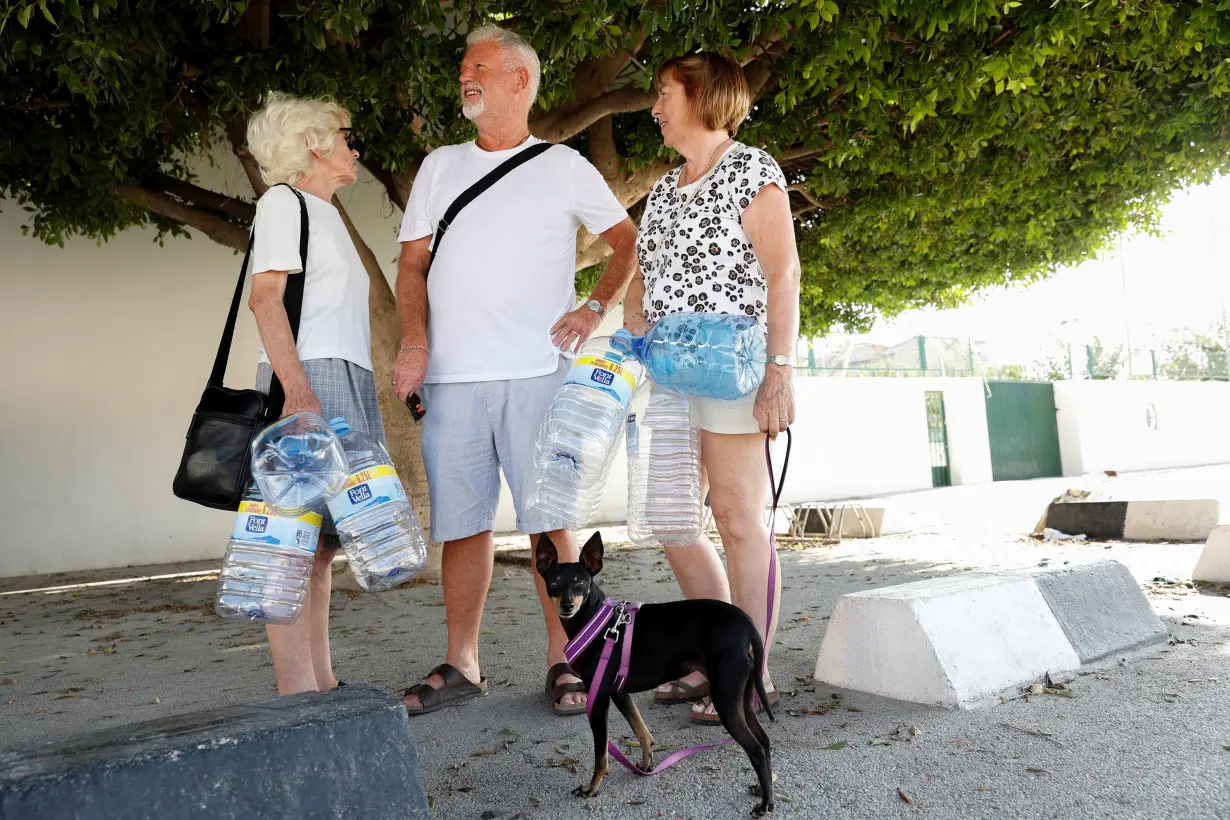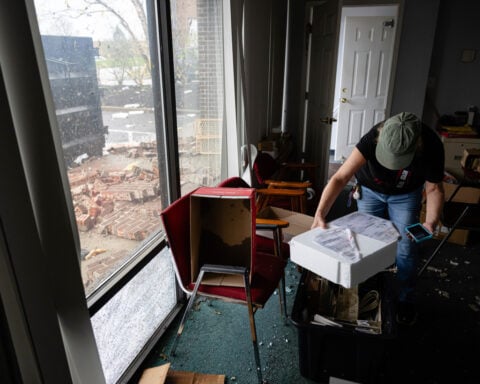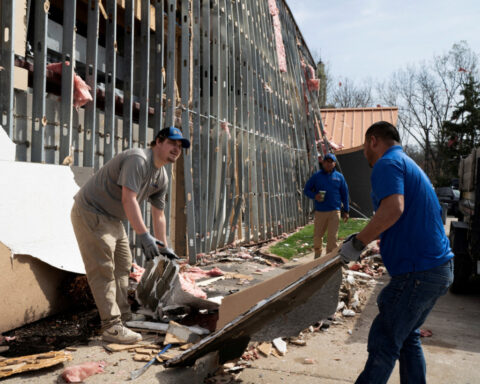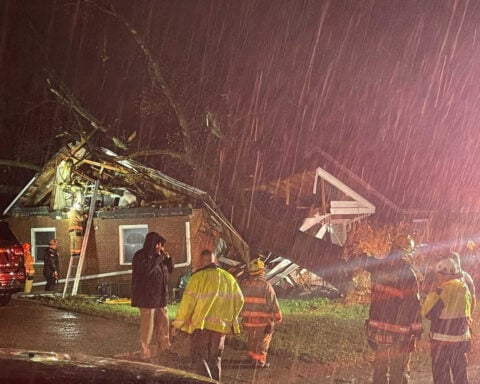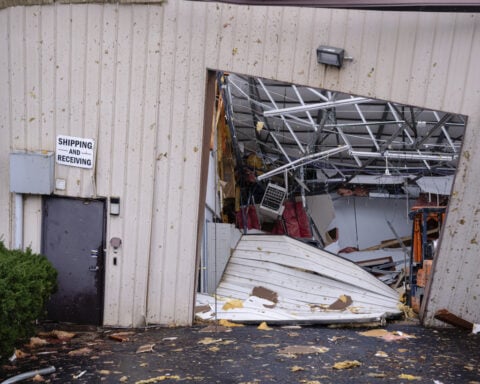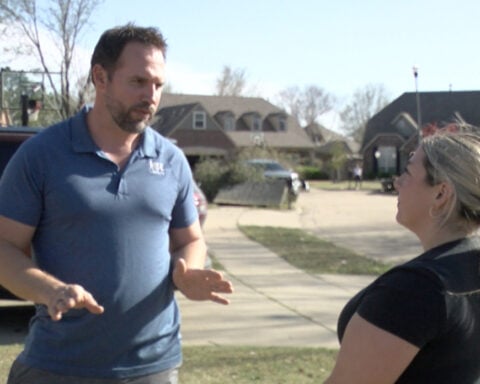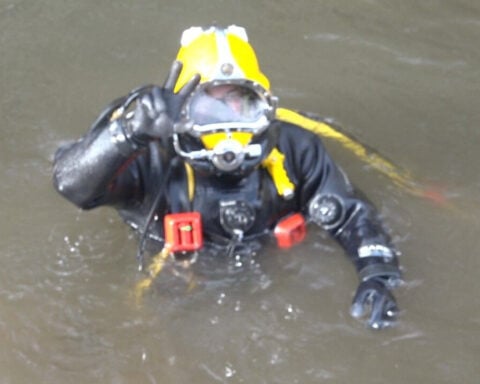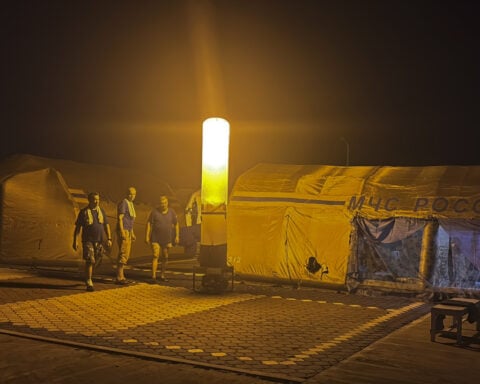(CNN) — Tap water in parts of a Spanish tourist hot spot is now so salty it’s become undrinkable, with residents and visitors having to line up for bottled or tanked-in drinking water as the region struggles with severe and prolonged drought.
Several towns on the Costa Blanca — a more than 100-mile stretch of Mediterranean coastline in the country’s southeastern Alicante province — have been affected as a dearth of rain has shrunk the underground water resources on which they rely.
As groundwater water levels have dropped, it has made space for seawater to seep in, contaminating the drinking water.
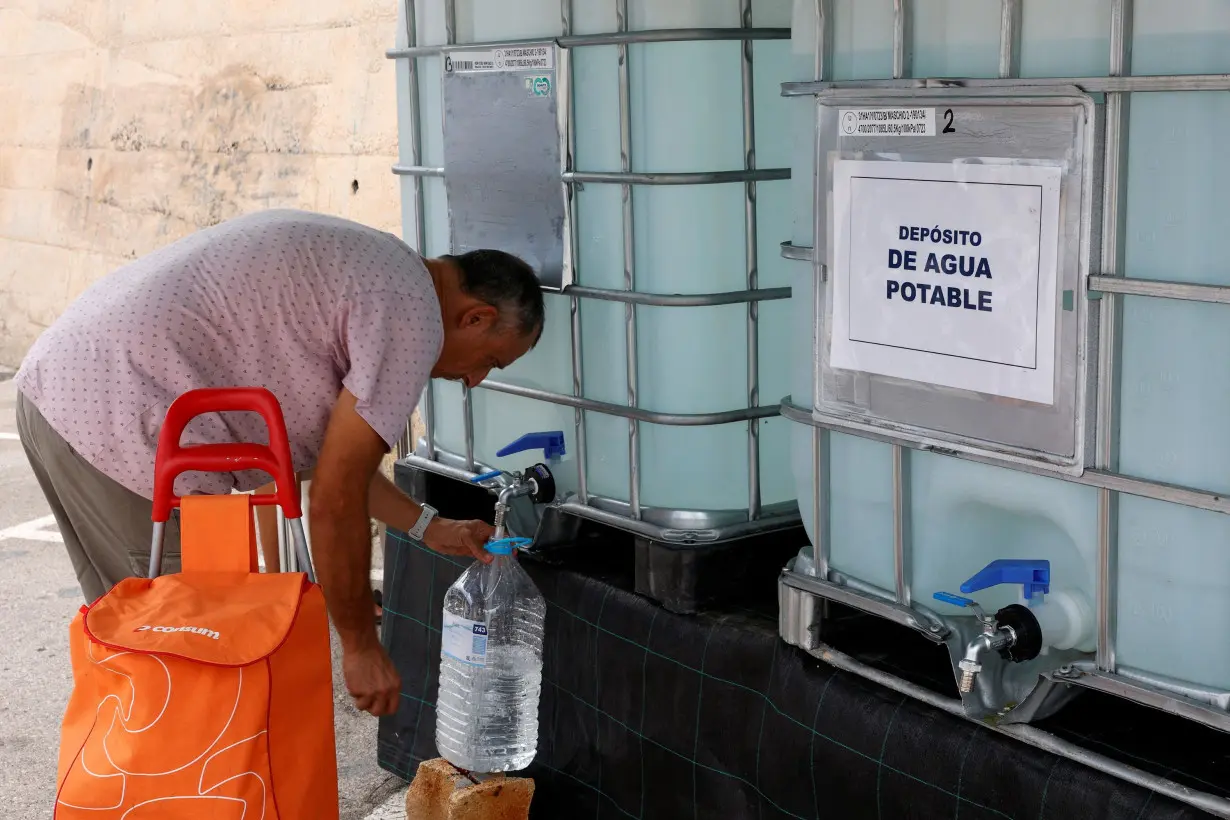
The problem has been unfolding for months. In March, the Júcar river basin authority, which is responsible for water management in the region, declared “an exceptional situation of extraordinary drought” in parts of Alicante.
But the crisis has worsened over the summer, as an influx of tourists pushes up water demand, both for drinking and recreation. There are around 38,000 swimming pools in the region, around one for every five residents, according to Reuters, citing the National Statistics Institute.
In the municipality of Teulada-Moraira — which has a population of around 12,000, but can swell five-fold in the summer months — local authorities in August declared tap water unfit for consumption, after months of rising salt levels.
In June, one of its wells was found to have salt levels 10 times higher than usual.
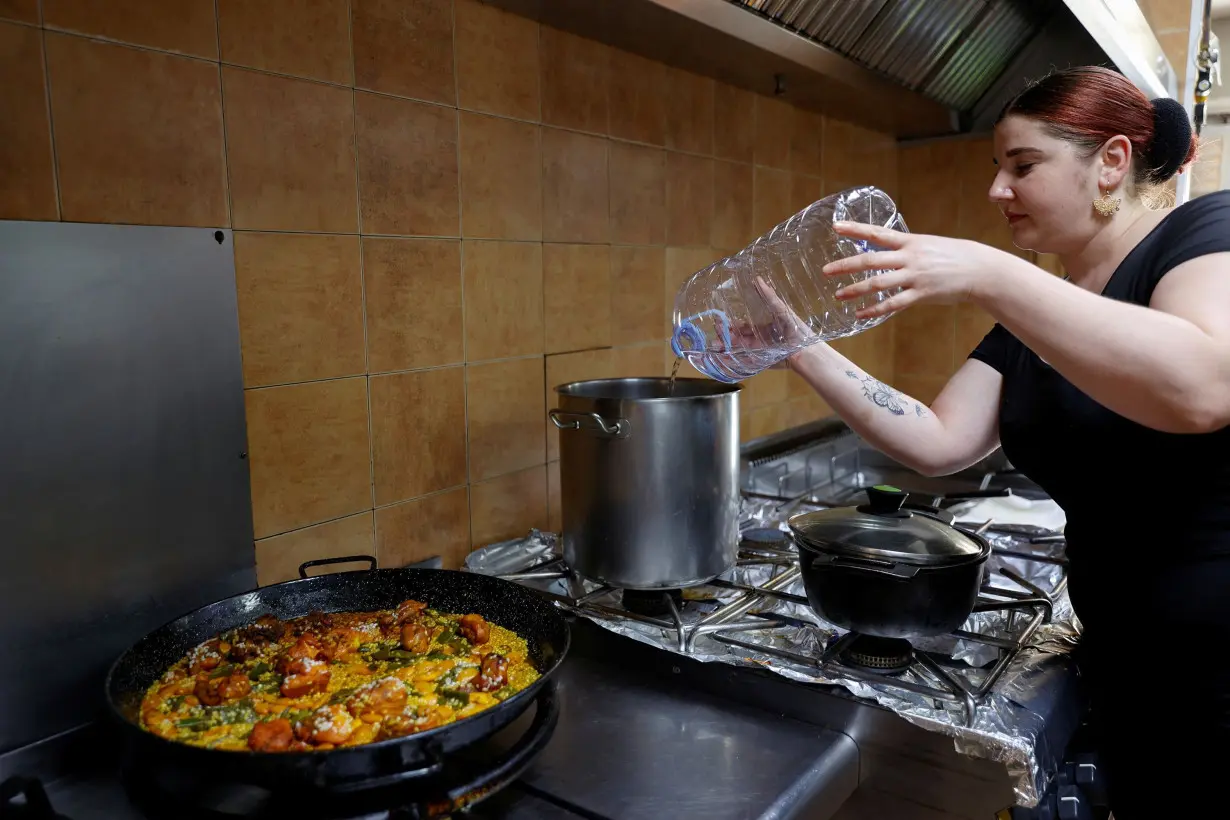
Local authorities have now installed drinking water tanks at distribution points, with people allowed up to 20 liters a week each.
In nearby El Poble Nou de Benitatxell, authorities announced in June the town was experiencing a “very serious situation” with high salt levels in its drinking water “after two years with a rainfall deficit.”
This month, the town’s mayor declared tap water undrinkable and advised people not to drink, cook or prepare food with it. Authorities are currently distributing free bottled water to inhabitants.
“This situation will continue as long as the weather conditions do not change and allow the aquifers to be recharged, or once the high water demands in summer decrease,” Miguel Ángel García Buigues, the town’s mayor, said in a statement in mid-August.
But there’s unlikely to be any relief for at least several weeks. In the short term, there is no forecast for widespread rain, said José Ángel Núñez Mora, a climatologist at AEMET, the Spanish national weather service. The rains don’t usually fall persistently until October, he told CNN.
Even when it does rain, a lot will be needed to replenish water resources.
In Marina Alta, the region of Alicante where the affected towns are located, it has rained less than a quarter of what would normally be expected. “There is no precedent for a 12-month period as dry as the current one,” Núñez Mora said.
Unusual heat in the region has also contributed to the crisis, an example of “compound extremes,” which are becoming more frequent because of human-caused climate change, he added.
This part of Spain is generally used to droughts and has adapted to them, Núñez Mora said, but “when the droughts are very intense and of long duration, the impacts become widespread … the impact is also felt on water resources for human use.”
Other parts of Spain, too, have been grappling with severe and prolonged drought.
The northeastern region of Catalonia declared a state of emergency in February, with restrictions on water for agriculture, industry, and recreational use.
Last year, a drought and a record-breaking heat wave shrank Catalonia’s reservoirs, with one falling to such low levels that a medieval village, flooded when the lake was created in the 1960s, emerged from the lake’s dried-up bed.
Extreme heat and prolonged drought are becoming a new reality for parts of Spain and other nations in Europe, a continent that is heating up faster than any other region.
The-CNN-Wire
™ & © 2024 Cable News Network, Inc., a Warner Bros. Discovery Company. All rights reserved.

 Trump has begun another trade war. Here's a timeline of how we got here
Trump has begun another trade war. Here's a timeline of how we got here
 Canada's leader laments lost friendship with US in town that sheltered stranded Americans after 9/11
Canada's leader laments lost friendship with US in town that sheltered stranded Americans after 9/11
 Chinese EV giant BYD's fourth-quarter profit leaps 73%
Chinese EV giant BYD's fourth-quarter profit leaps 73%
 You're an American in another land? Prepare to talk about the why and how of Trump 2.0
You're an American in another land? Prepare to talk about the why and how of Trump 2.0
 Chalk talk: Star power, top teams and No. 5 seeds headline the women's March Madness Sweet 16
Chalk talk: Star power, top teams and No. 5 seeds headline the women's March Madness Sweet 16
 Purdue returns to Sweet 16 with 76-62 win over McNeese in March Madness
Purdue returns to Sweet 16 with 76-62 win over McNeese in March Madness
